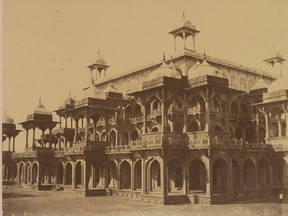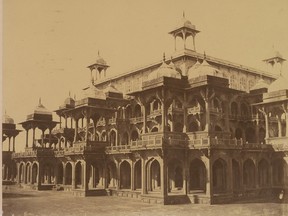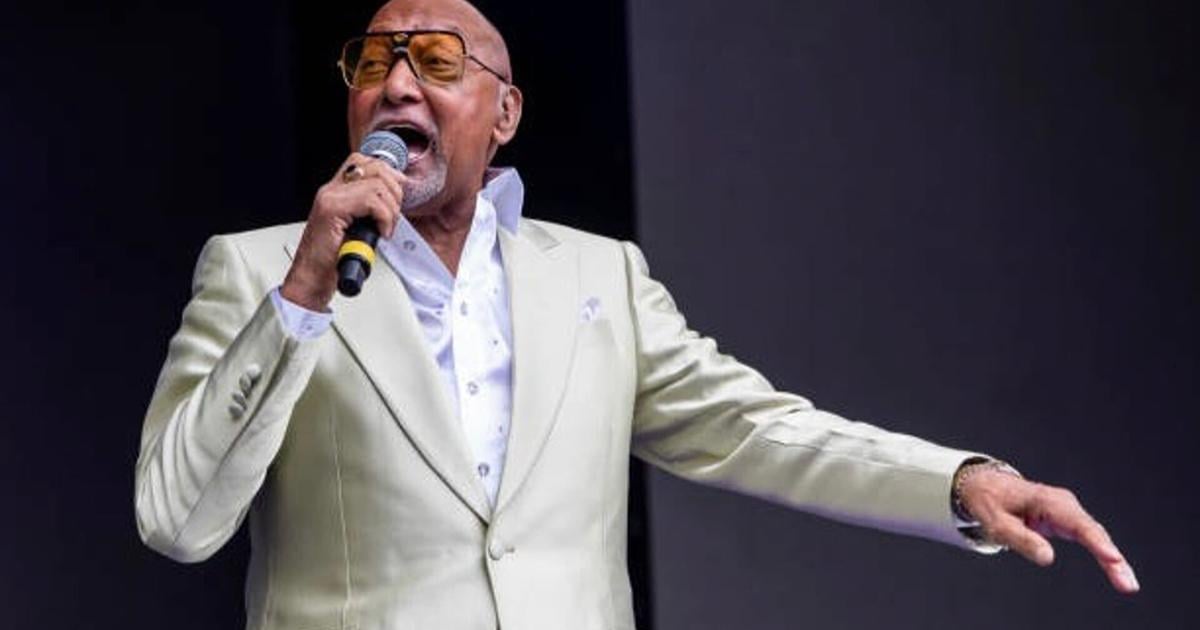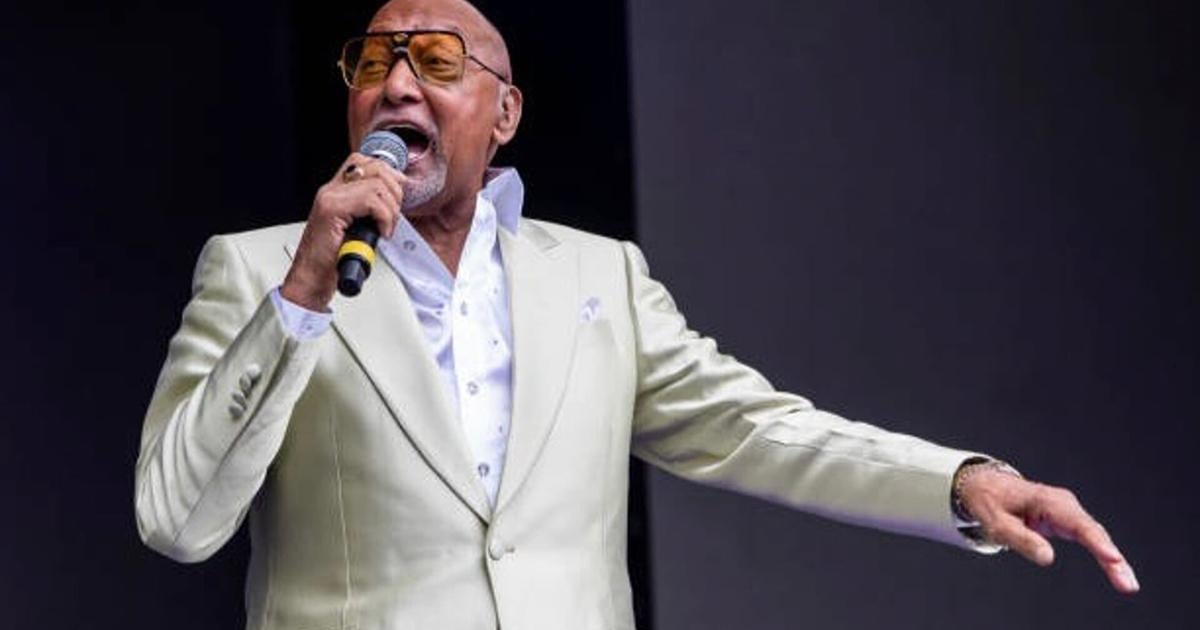Born in a bull cart during a siege in the 1857 Indian Rebellion, he went on to fight the Zulus in South African wars and travel the world before settling in Vancouver in 1894

Article content
Stanley Delhi-Force Tytler was blessed with one of the most unusual names in Vancouver history. He also had one of the most unusual personal histories.
Advertisement 2
Article content
“Mr. Tytler was born in a bull cart behind the British batteries during the siege of Delhi (in 1857),” said a story in the Oct. 28, 1938, Vancouver Sun. “His mother was the only white woman to remain in the beleaguered city.”
Article content
Tytler was born during a rebellion in India against the British East India Company, which ran India at the time. His father Robert was a major in the British army that quelled the uprising, and his mother Harriet was with her husband in India.
According to a Dec. 28, 1940 Province story, Stanley was “christened amid the oriental splendour of the Grand Mogul palace in the heart of the city.” His parents gave their son the middle names Delhi-Force, after the major’s unit.
Photography was still in its infancy in 1857, but Robert and Harriet Tytler were avid photographers, using an early process called a Calotype.
Advertisement 3
Article content
Recommended from Editorial
Invented in the 1840s by Englishman William Henry Fox Talbot, it was the first negative to positive photographic process. It went out of vogue by the 1860s, and Calotypes became incredibly rare.
Stanley came to Vancouver in 1894 to meet up with his mother, who was on a lecture tour about her life in India. He wound up staying here, marrying a woman from Chilliwack, and becoming a prominent local artist.
He was a founding member of the B.C. Society of Fine Arts in 1909, and had paintings in several of its exhibitions. But the exhibition that seemed to interest people the most was an October, 1938, show of his parents’ Calotypes at the Vancouver Museum.
Advertisement 4
Article content
“The pictures are unusual because many of them were taken in India very shortly after the Mutiny (of 1857) and show buildings that played a prominent part in that historic event, and which have been torn down,” said a story in The Vancouver Sun.
“Probably the rarest picture in the collection is one of the King of Delhi. It was taken after he was a captive of the British, and in the only one known in existence.”

Tytler died in 1948, and his family seems to have donated his Calotype collection to the Vancouver Public Library. In 1997, VPL donated them to the National Gallery of Canada in Ottawa, which has put up 96 images on its website.
The photo of the King of Delhi isn’t there, although you can find it online. But there are lots of photos of India’s spectacular buildings and sites, including the Golden Temple at Amritsar, the domes of the Kaiser Pasand in Lucknow, and the Delhi Gate at the Agra Fort, a UNESCO world heritage site that once was the residence of the emperors of the Mughal Dynasty.
Advertisement 5
Article content
According to an Oct. 2, 1937, Province story, Stanley Tytler left India at 10 to be educated in Scotland.
“At 19 (he) was off to South Africa in 1876,” said the Province. “He took up ostrich farming, but inside two years, the Zulu War suddenly broke out.”
He became an officer in the Natal Native Contingent, but was transferred to another unit, just before his old unit was massacred at Isandlwana on Jan. 22, 1879. The Anglo Zulu War Historical Society described the massacre as “an unprecedented military disaster that shook Britain to the core.”
In June, 1879, the Prince Imperial of France was killed in South Africa, and Tytler was sent out to locate and bring back his body. After fighting in the Basuto Rebellion of 1881-2, he went back to India and became a “tea planter” on a plantation in the Darjeeling district.
Advertisement 6
Article content
But he developed health problems and left India for Hong Kong, China and then Australia, where his brother had a ranch.
The 1940 Province story said he worked as a surveyor for the provincial government before he retired in New Westminster. He lived until he was 90, and remained a champion of the British Empire till he died.
“I have travelled over a good bit of this Empire of ours, and let me tell you, it is worth fighting for,” he told the Province.
People from the British colonies may have disagreed — that’s why they kept revolting.



Bookmark our website and support our journalism: Don’t miss the news you need to know — add VancouverSun.com and TheProvince.com to your bookmarks and sign up for our newsletters here.
You can also support our journalism by becoming a digital subscriber: For just $14 a month, you can get unlimited, ad-lite access to The Vancouver Sun, The Province, National Post and 13 other Canadian news sites. Support us by subscribing today: The Vancouver Sun | The Province.
Article content








Comments
Postmedia is committed to maintaining a lively but civil forum for discussion and encourage all readers to share their views on our articles. Comments may take up to an hour for moderation before appearing on the site. We ask you to keep your comments relevant and respectful. We have enabled email notifications—you will now receive an email if you receive a reply to your comment, there is an update to a comment thread you follow or if a user you follow comments. Visit our Community Guidelines for more information and details on how to adjust your email settings.